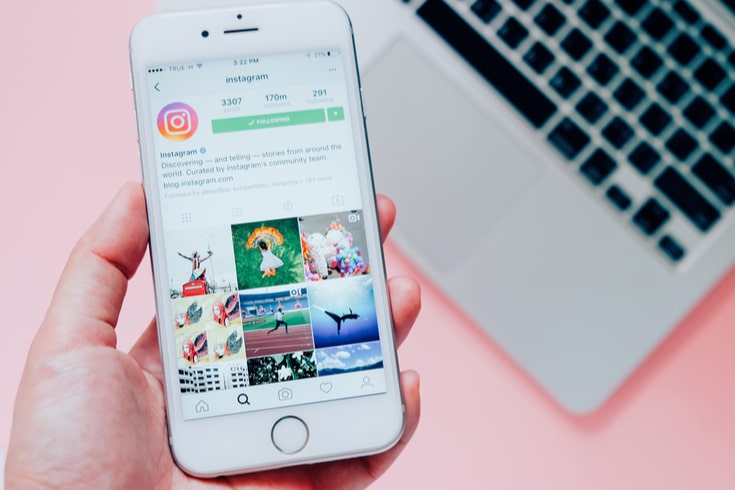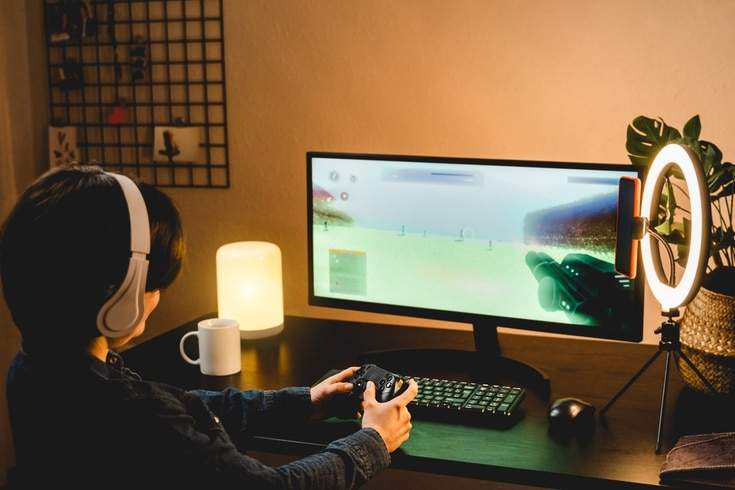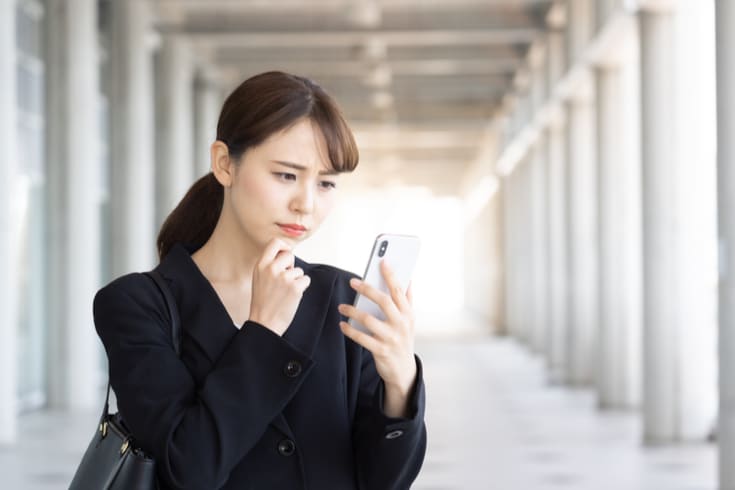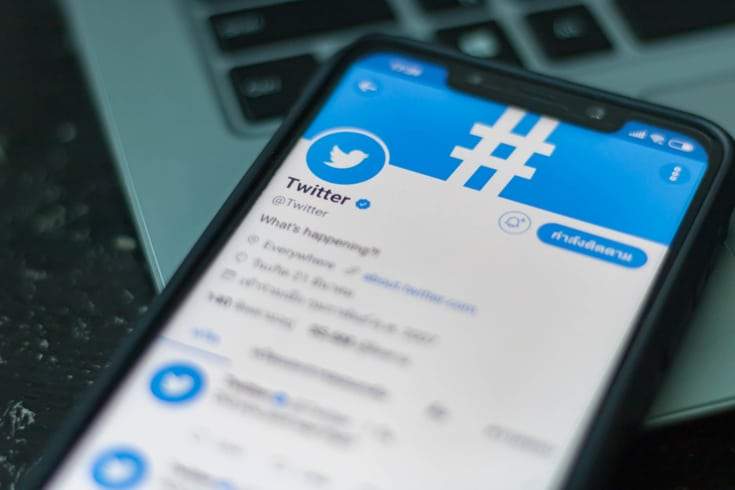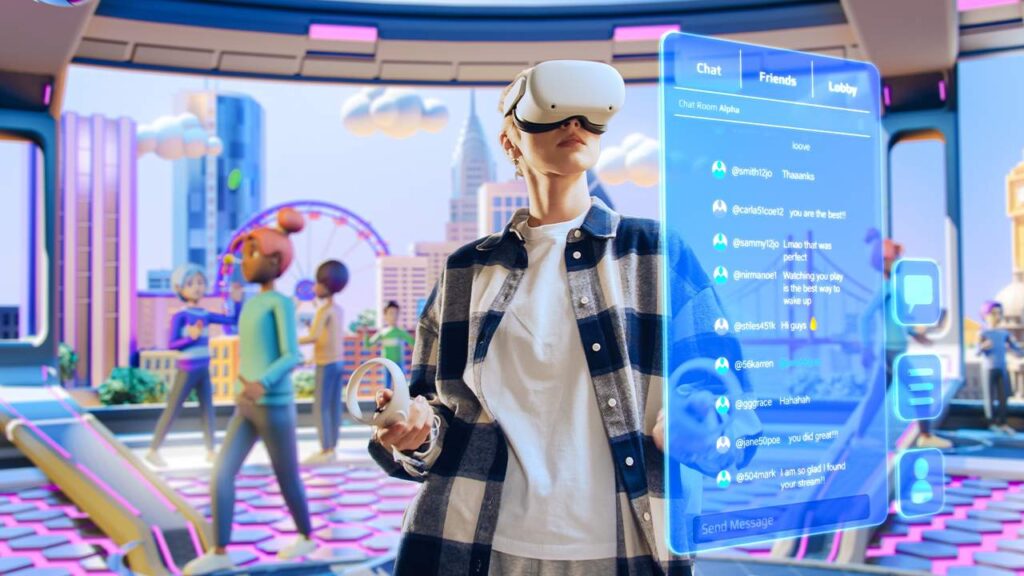What are the Legal Issues with Unauthorized Reproduction of Videos? Explaining Case Examples of Portrait Rights Infringement
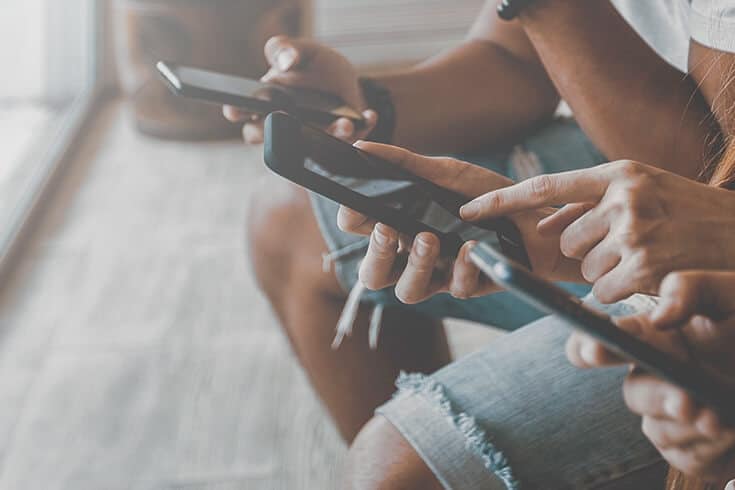
Recently, platforms like YouTube and Instagram Stories have made it easy for anyone to upload videos at their leisure. However, it’s important to note that the copyright of such videos generally belongs to the person who uploaded them, and the individuals appearing in the videos have what is known as ‘portrait rights’ in Japanese law.
Therefore, casually reposting videos posted by others on social media or bulletin boards without permission can potentially be illegal. In this article, we will explain the instances where unauthorized reposting of videos can infringe upon these ‘portrait rights’, citing the latest court cases for those who have experienced unauthorized reposting of their videos.
Court Cases Regarding Unauthorized Reproduction of Videos
Recently, there was a court case where it was disputed whether the unauthorized reproduction of a video posted on an Instagram story on another bulletin board constitutes a violation of portrait rights.

A couple posted a video of their dining experience on Instagram Stories.
The video, which was shot by the man and featured the woman, was later posted on an anonymous bulletin board by someone who had saved a screenshot of it.
The Tokyo District Court ruled on September 24, 2020 (Reiwa 2),
Unauthorized reproduction of a video posted on an Instagram story on another anonymous bulletin board infringes on the portrait rights of the person filmed in the video.
This was the verdict.
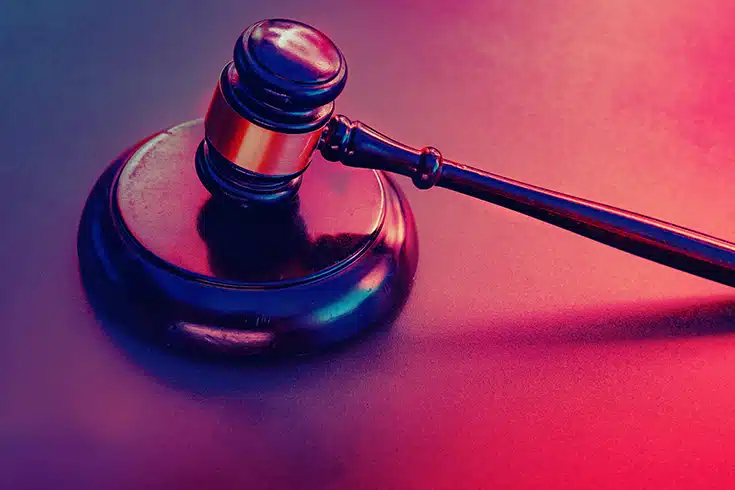
This lawsuit is primarily a case seeking disclosure of information to identify the person who reproduced the video without permission from the Internet Service Provider. This is called a “sender information disclosure request”. The illegality of unauthorized reproduction of the video was examined as a prerequisite for deciding whether to grant a sender information disclosure request to the provider.
In this judgment, the following requirements for establishing a violation of portrait rights, which have been shown in previous judgments, are listed.
A person’s portrait is a symbol of the individual’s personality, and the individual has the right not to have it used arbitrarily, derived from the right of personality. Considering the individual’s social status, activities, the circumstances leading to the filming of the portrait in question, the purpose, manner, and necessity of the use of the portrait, if the infringement of the individual’s personal interests exceeds the tolerable limit in social life, the use of the individual’s portrait is considered to be a violation of portrait rights and illegal under tort law.
Tokyo District Court, September 24, 2020 (Reiwa 2) Judgment
The criteria for determining whether a violation of portrait rights is established, which the judgment raised, follow those shown in the famous case of the Kyoto Prefecture Student Union Incident (Supreme Court, December 24, 1969).
Looking at the criteria shown here, it is clear that not all cases where a video featuring someone else is reproduced without the person’s permission are illegal.
It is ultimately a matter of considering the circumstances of the filming, the purpose, the manner, and the necessity, and judging whether it is to the extent that it should be evaluated as illegal, that determines whether a violation of portrait rights is established.
For more details on the requirements for a violation of portrait rights, please refer to the following article.
https://monolith.law/reputation/portraitrights-onthe-internet[ja]
In this judgment, the following facts were focused on to conclude that the unauthorized reproduction of the video constitutes a violation of portrait rights.
- The video in question was posted in a manner that was saved for 24 hours using the Instagram story function, and it was not expected to be continuously published afterwards.
- The person filmed did not give permission to the person who reproduced the video to use their portrait.
- The person filmed is a private individual, and the image in question was a video of a part of the couple’s private life filmed by the husband.
- The image in question was reproduced and publicly transmitted in violation of the copyright of the person who filmed it.
Video Distribution by Instagram’s Story Function
The fact 1. above is a key point in this case. There is room to consider that videos distributed online implicitly consent to being seen by an unspecified number of people on the Internet. In fact, the defendant made such an argument in this judgment.
However, the court ruled,
Given that the video in question was posted as a video to be deleted in 24 hours, the person filmed did not tolerate the video being viewed by an unspecified number of people beyond 24 hours by being reproduced on another site.
It was judged.
Therefore, if you want to claim the illegality of unauthorized reproduction of a video, it is important to specifically argue how the video was published depending on the case.
For more details on portrait rights for images and videos posted using Instagram’s story function, please refer to the following article.
https://monolith.law/reputation/instagram-stories-portrait-right[ja]
The Person Filmed is a Private Individual
Regarding fact 3. above, in general, if the person filmed is a public figure such as a politician, it may be recognized that there is public interest or necessity in posting the portrait on the Internet.
In contrast, in the case of this judgment, the person filmed was the wife of the person who filmed, a private individual. Moreover, the content of the video was a scene of the couple dining out, and it can be said that there is no public interest or necessity in reproducing this without permission.
Unauthorized Reproduction of Videos and Copyright
Fact 4. above involves the issue of unauthorized reproduction of videos and copyright. In this judgment, in addition to the violation of the portrait rights of the person filmed, the violation of the copyright of the person who filmed the video (infringement of the right of reproduction and the right of public transmission) was also recognized.
In this judgment,
Since the unauthorized reproduction of the video itself was carried out in an illegal manner that infringes on copyright, there is no room to justify the unauthorized reproduction.
It was judged. Conversely, if there is publicness or urgency such as reporting in the unauthorized reproduction of a video, even if a video featuring someone else is distributed without the person’s permission, there may be room for it not to constitute a violation of portrait rights.
For more details on the relationship between unauthorized reproduction of videos and violation of portrait rights, please refer to the following article.
https://monolith.law/corporate/unauthorized-reproduction-videos[ja]
Other Cases That Could Constitute Unauthorized Reproduction of Videos
The case we discussed in the previous court example involved unauthorized reproduction of a video posted on an Instagram story. There are other cases where unauthorized reproduction of videos can easily become an issue, such as:
Unauthorized Reproduction of Gaming Videos
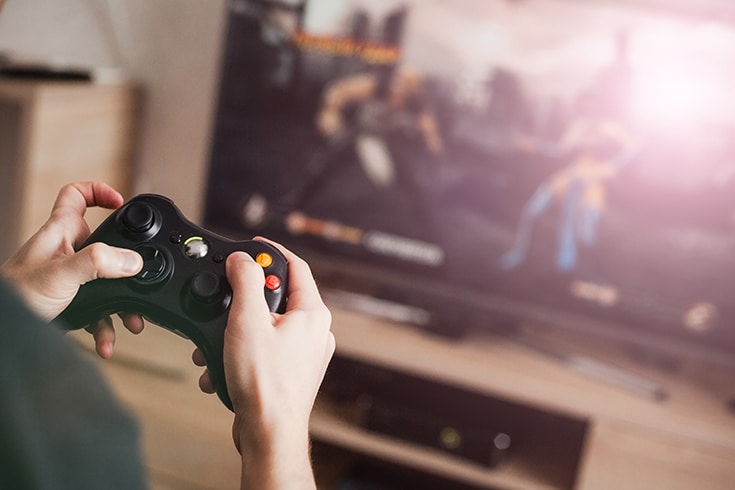
Recently, it has become common to stream gameplay on platforms like YouTube. Channels featuring popular streamers’ gaming videos often have a large number of subscribers.
The rights associated with such gaming videos can be surprisingly complex. The game being played in the video is subject to the copyright of the game’s developers and designers. Additionally, the appearance of the players in the gaming videos is also protected by portrait rights.
Therefore, uploading someone else’s gaming video to another site without permission can be illegal, as in the court case we discussed earlier.
Unauthorized Reproduction of Tutorial Videos
Similarly, the genre known as “tutorial videos,” which are popular like gaming videos, is also prone to similar issues. Tutorial videos cover a wide range of content, from explaining how to use household appliances and PC equipment to discussing economics and news.
Since tutorial videos often feature the presenter, unauthorized reproduction of these videos on other sites can potentially infringe on portrait rights.
Summary
If unauthorized reproduction of a video becomes illegal due to infringement of portrait rights, the victim can request the removal of the video from the site where it was reproduced without permission. As a prerequisite for this request, if the person who reproduced the video without permission is anonymous, it is necessary to identify the unauthorized reproducer.
In order to identify the person who reproduced the video without permission, it is necessary to request the disclosure of subscriber information from the Internet Service Provider used by the person when posting. However, there is a time limit for this disclosure, as the provider may delete the logs required for the disclosure in a short period of about 3 months to 1 year. If you are a victim, we recommend that you consult with a lawyer with specialized knowledge as soon as possible.
Category: Internet

